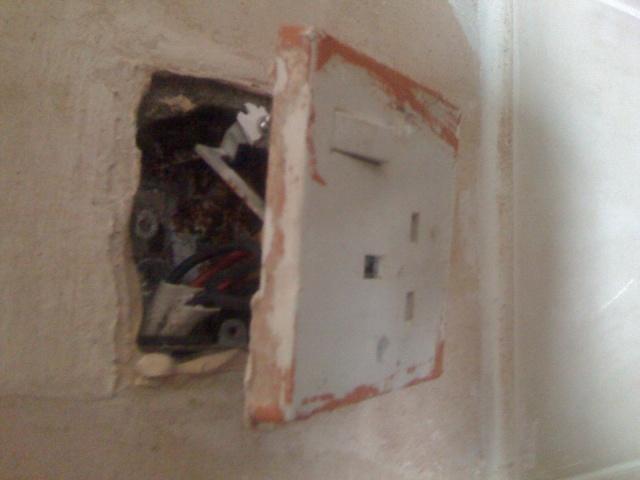i need to seal this electric socket so i can tile over it .
i thought i could open the socket cover , cut the wire short, black taped them separately and tiles over it but when i remove the socket i saw there are 6 wires connected to the socket,
now if i cut the wire and black taped them separate will i lose an other electric connection to other socket?
what are my option?
i thought i could open the socket cover , cut the wire short, black taped them separately and tiles over it but when i remove the socket i saw there are 6 wires connected to the socket,
now if i cut the wire and black taped them separate will i lose an other electric connection to other socket?
what are my option?








